The arrival of electricity has brought about a remarkable transformation in the rural landscape of Muong Lat district.
The "heartland of poverty" awakens.
We arrived in the mountainous district of Muong Lat in April, amidst the heroic atmosphere of the grand celebration of the 50th anniversary of the liberation of Southern Vietnam and the reunification of the country. National Highway 15C leading to Muong Lat district was awash in the vibrant red of the national flag, along with the white of the tung tree blossoms, against the green backdrop of the vast, undulating forest. Sturdy houses and well-built public infrastructure... all evoked a sense of new life on this land.
Established in 1996 through the separation of the former Quan Hoa district, Muong Lat started from a very low baseline. The district comprises 7 border communes and 1 town, with 6 ethnic groups living together (Thai, Kinh, Muong, Kho Mu, Dao, and Mong). For many years, Muong Lat has been considered the "epicenter of poverty" in the province and among the poorest districts in the country. The main reasons are the complex mountainous terrain, extremely difficult socio -economic development conditions, and unfavorable soil conditions. In particular, with over 90% of the population being ethnic minorities, the educational level of the people remains low.
To lift Muong Lat out of poverty, the central and provincial governments have issued many development policies. Thanks to these, nomadic farming has ended, and farming practices have gradually changed. However, despite the district's large natural area (81.2 thousand hectares), the land allocated for agricultural production accounts for less than 3%, and the terrain is fragmented and complex. In 2021, the average per capita income was only 20.7 million VND/person/year, leaving Muong Lat still poor.
On September 29, 2022, the Standing Committee of the Provincial Party Committee issued Resolution 11, a special resolution on "Building and developing Muong Lat district until 2030, with a vision to 2045". Muong Lat is the first district in the country to have a separate resolution issued by the Provincial Party Committee to "guide" its development - demonstrating the province's special attention to a unique area.
Resolution 11 stipulates that for the period 2021-2025: the average annual growth rate of production value will reach 10.2% or higher; total social investment capital mobilization will reach 3,500 billion VND; and the poverty rate will decrease by an average of 7% annually. By 2025, per capita income will reach 25 million VND, and forest cover will be maintained at 77%. By 2030, per capita income will reach 35 million VND or higher; the poverty rate will be below 10%; 7 out of 7 communes will achieve New Rural Area standards (1 commune will achieve advanced New Rural Area standards), and 2 villages will achieve model New Rural Area standards. The goal by 2045 is for the per capita income of Muong Lat district to reach the average level of mountainous districts in the province.
The province has determined that "building and developing Muong Lat district is the responsibility of the Party Committee, the government, and the people of all ethnic groups in Muong Lat district, along with support from the Central Government, the province, and other localities and units within the province." The Provincial Party Committee assigned the Standing Deputy Secretary of the Provincial Party Committee, Lai The Nguyen, to directly supervise these activities in Muong Lat district. Regarding the people, the province clearly identifies them as the main actors in the resolution. The province's stance is that the State only plays a supporting role, not doing things for them. Besides investing in infrastructure, the resolution focuses resources on supporting livelihoods for people in the "core poverty" areas, creating motivation for people to rise out of poverty on their own.
The viewpoints and solutions outlined in Resolution 11 – “Focus on disseminating information and mobilizing ethnic minority communities, especially the Hmong people, to change their perceptions and methods, shifting from self-sufficient production practices to commodity production; proactively and actively engaging in production, developing household economies, and striving for sustainable poverty alleviation; not relying on or expecting support from the State; eliminating feelings of inferiority and resignation among cadres, Party members, and the people” – have left the people both happy and worried. Happy because for many years, State policies have taken care of them in terms of food, housing, education, and healthcare... Now, implementing Resolution 11 of the Party to escape poverty and achieve a prosperous life. Worried because they don't know how to produce goods, build products, brands, and markets... all of which are new challenges.
To help people feel secure in their production, on August 21, 2023, the Thanh Hoa Provincial Institute of Agriculture announced the results of its research on soil and agricultural chemistry maps and the Sustainable Forest Development Project for Muong Lat district for the period 2021-2030, with a vision to 2045. Based on this, the district developed production plans and arranged crop structures suitable to the land conditions. At the same time, local leaders organized training courses to equip people with knowledge of science and technology.
"The Party is for the people, so the people trust the Party. The ethnic minority people here place their full trust in the Party's resolutions. They encourage each other to actively produce high-value agricultural products, beautify the natural landscape, and preserve the unique cultural characteristics of their ethnic groups..." - affirmed Ha Van Ca, Secretary of the Muong Lat District Party Committee.
New vitality from agriculture
One of the highlights of Muong Lat's agricultural sector is the identification of key crops and livestock. The district maintains 3,000 hectares of cassava, with a yield of 150 quintals/hectare, generating over 110 billion VND per year. Simultaneously, it focuses on developing the Cay Noi sticky rice growing area, an OCOP product favored by the market; establishing fruit and medicinal plant growing areas; and developing the economy through forestry. Regarding livestock, the district focuses on developing cattle (buffaloes, cows, goats, etc.) and poultry (black chickens, short-necked ducks, etc.) in Trung Ly, Muong Ly, and Tam Chung communes. To date, the total livestock population has reached over 180,000 animals.
A peach orchard with nearly 1,000 trees has brought in hundreds of millions of dong in income for the family of Mr. Thao Lau Po, in Loc Ha village, Nhi Son commune.
Located at an altitude of over 1,000m above sea level, Nhi Son and Pu Nhi communes are suitable for growing plums and peaches. During the fruit ripening season, many Mong ethnic families set up small stalls along National Highway 15C to sell their produce, with prices ranging from 25,000 to 30,000 VND per kilogram.
The peach orchard of Mr. Thao Lau Po's family in Loc Ha village, Nhi Son commune, is nearly 10 years old. Mr. Po chose to plant French peach varieties from Moc Chau district (Son La province) to create differentiation and reduce competition. With 1,000 peach trees, it is expected that in the 2025 harvest, Mr. Po's family will harvest tons of fruit, earning hundreds of millions of VND. In addition to peaches, his family also grows 500 plum trees, 200 lychee trees, Vinh oranges, and pomelos. The total annual income of his family is over 200 million VND, with a profit of over 100 million VND after deducting expenses. In 2024, Mr. Po's family was one of 19 households that escaped poverty in Nhi Son commune.
Recognizing the potential for developing peach and plum trees, Muong Lat district has directed its specialized departments to coordinate with communes to organize training courses on plum cultivation techniques and encourage households to expand the area under peach and plum cultivation. According to a review by the Muong Lat District Department of Agriculture and Environment, the locality has approximately over 100 hectares of plum and peach trees, mainly concentrated in villages belonging to Pu Nhi and Nhi Son communes. The authorities of the two communes are guiding farmers to cooperate in production using a "household group" model, implementing plum cultivation techniques according to VietGAP standards.
Mr. Tran Van Thang, Head of the Agriculture and Environment Department of Muong Lat District, shared: "The climate and soil characteristics have made this crop tastier and sweeter than in many other places. To achieve quality, many households have learned to apply scientific and technical advancements in crossbreeding and grafting to improve crop efficiency, including the peach-plum hybrid. However, developing this crop is one thing, but ensuring that people earn income from it is another. That is finding a market for this agricultural product."
In reality, attracting investment, especially in the processing and production of agricultural and forestry products in Muong Lat district, is very difficult. This is because no one would build a processing plant in a mountainous district with fragmented terrain, difficult transportation, no large-scale specialized farming areas, no identified key crops, and high transportation costs.
Taking on the responsibility of directly overseeing activities in Muong Lat district, the Standing Deputy Secretary of the Provincial Party Committee, Lai The Nguyen, mobilized Phuc Thinh Agricultural and Forestry Products Processing and Supply Joint Stock Company (Phuc Thinh Company) to invest in and expand cassava cultivation areas in Muong Lat district. In the 2023-2024 crop year, Muong Lat district had approximately 3,000 hectares of cassava, with an estimated yield of 180 quintals/hectare, and an estimated production of 54,000 tons. With cassava prices ranging from 2.4 to 2.6 million VND/ton, the total revenue earned by local people from selling cassava exceeded 100 billion VND. Income from cassava cultivation contributed to improving the lives of local people and alleviating poverty.
Cassava is mainly grown intercropped with production forest land in the communes of Trung Lý, Mường Lý, Pù Nhi, and Tam Chung. Of these, Mường Lý commune has the largest cassava growing area in Mường Lát district, with nearly 1,000 hectares.
Mr. Mua Seo Sang, Secretary of the Youth Union in Xa Lung village, Muong Ly commune, said: "Over the past two years, with the encouragement and guidance of the local government, my family and other households in the village have started planting high-yield cassava on hilly land. Compared to other crops, cassava is very easy to grow, suitable for the climate and soil, so the cassava grows and develops quite well. On average, each plant with good yield will produce 2-3 kg of fresh cassava tubers. Businesses buy cassava and pay cash on the spot. Last year, my family earned nearly 50 million VND from selling cassava. This year, because people have arbitrarily expanded the cultivated area, the purchase price of cassava is only 1,100 - 1,300 VND/kg."
Despite some fluctuations, cassava cultivation still clearly demonstrates its potential and economic value. For the upcoming 2025-2026 crop year, as required by the Department of Agriculture and Environment and the People's Committee of Muong Lat district, farmers must sign guaranteed purchase contracts with factories. If market prices fall too low, the enterprise will purchase at a "guaranteed" price to prevent losses for the farmers. When signing a guaranteed purchase contract for the raw material area, the enterprise will be responsible for providing technical assistance and fertilizer, thereby increasing the yield and production of cassava.
With these "bright spots," Muong Lat is gradually transforming itself. From once remote villages, today it has sound policies and guidelines; roads and transportation have reached even the most remote hamlets. A new face of this once impoverished region is emerging, opening up promising new chapters in the history of the ethnic communities here.
Text and photos: Tang Thuy
Lesson 2: Fulfilling a promise to the late General Secretary Nguyen Phu Trong
Source: https://baothanhhoa.vn/muong-lat-vuon-minh-hanh-trinh-thay-doi-tu-nghi-quyet-11-nq-tu-bai-1-nbsp-mo-huong-cho-vung-kho-247403.htm


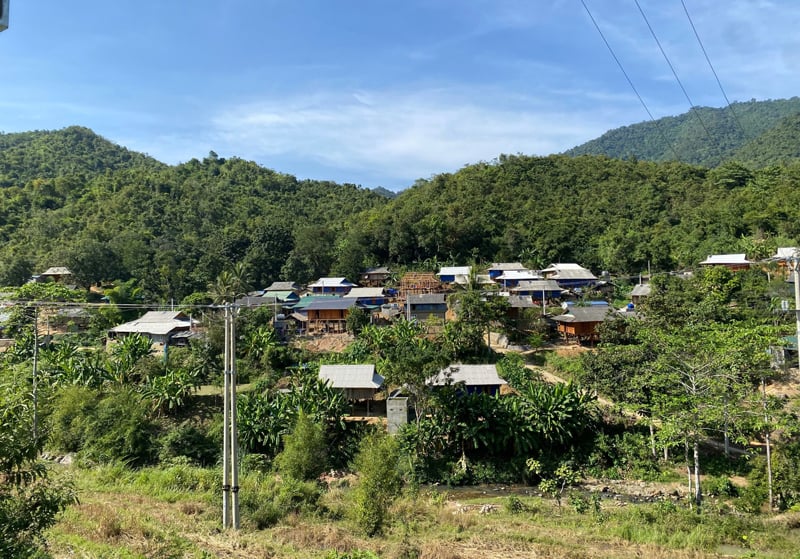
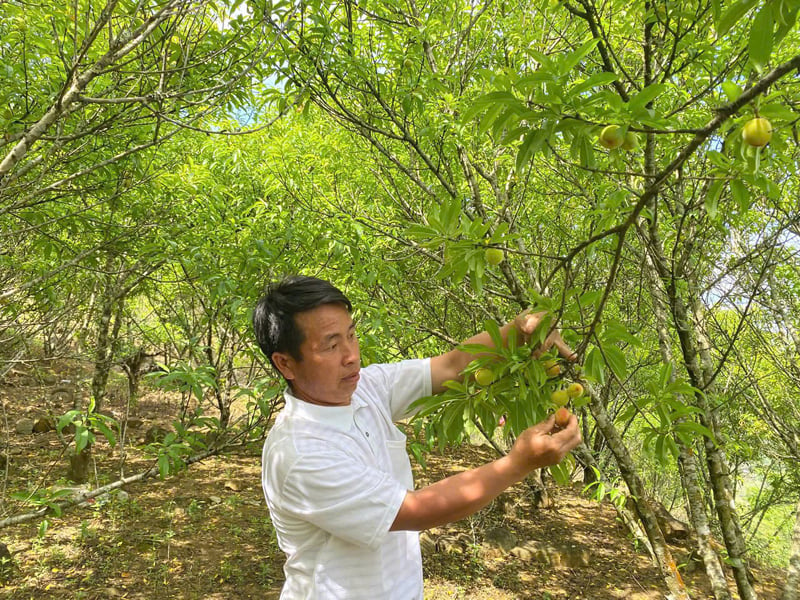
![[Photo] Prime Minister Pham Minh Chinh presides over a meeting on private sector economic development.](/_next/image?url=https%3A%2F%2Fvphoto.vietnam.vn%2Fthumb%2F1200x675%2Fvietnam%2Fresource%2FIMAGE%2F2025%2F12%2F20%2F1766237501876_thiet-ke-chua-co-ten-40-png.webp&w=3840&q=75)































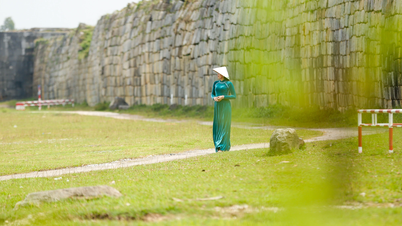



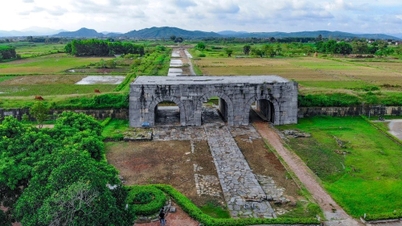



























































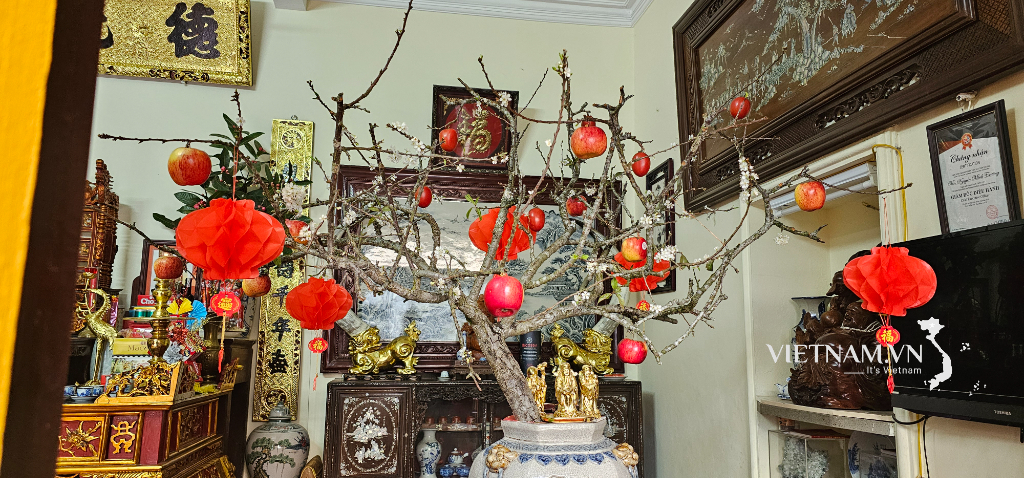


Comment (0)